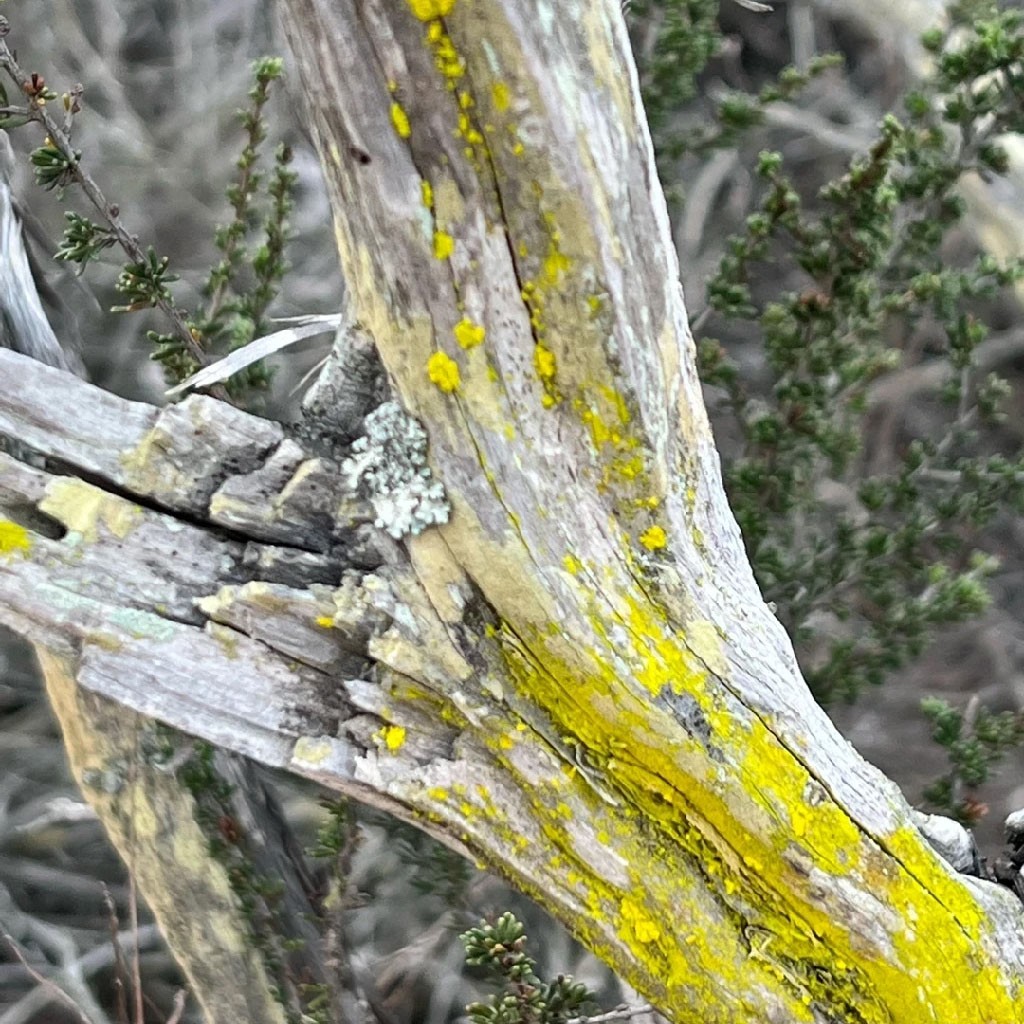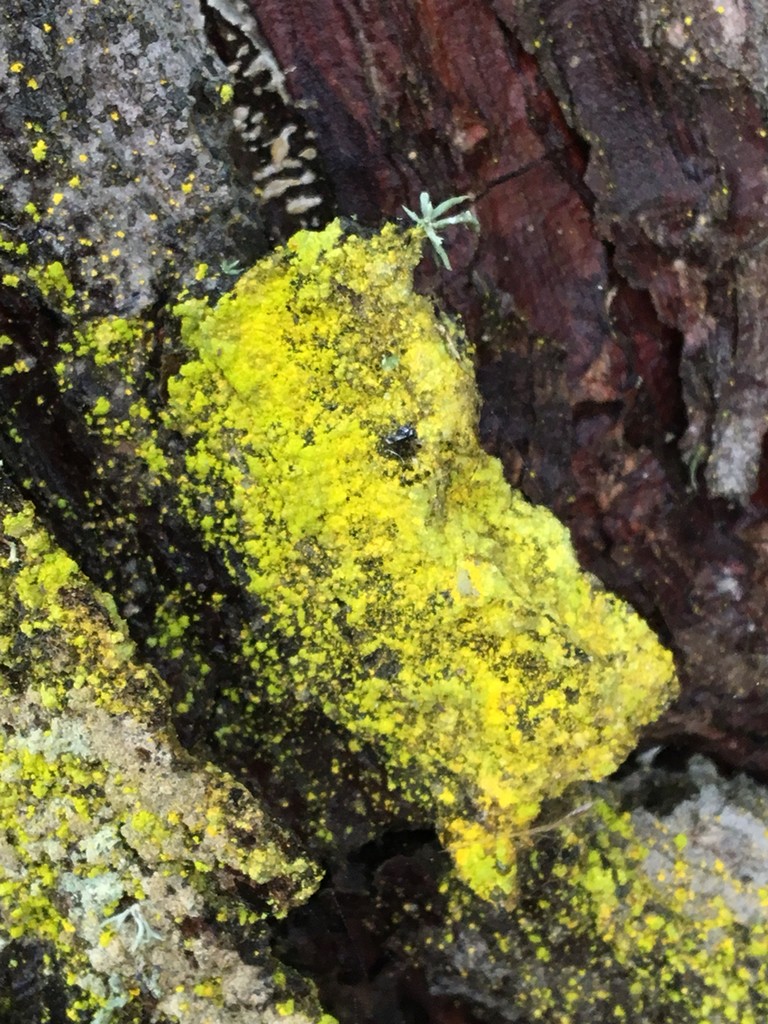Chrysothricaceae
Nom scientifique: Chrysothricaceae
Chrysothricaceae
Nom scientifique: Chrysothricaceae

La description
Les chrysothricaceae sont des lichens généralement tropicaux, à l'apparence croûteuse ou poudreuse. On les trouve sur de nombreuses surfaces: écorce des arbres, roches, murs… Le nom latin du genre, Chrysothricaceae, signifie « poils d'or », en référence à leur couleur et leur aspect. Certaines espèces étaient utilisées en Scandinavie pour teindre la laine. 
Espèces de Chrysothricaceae


